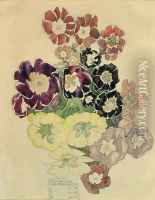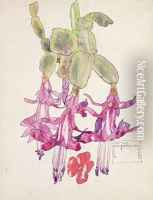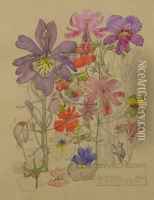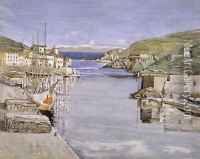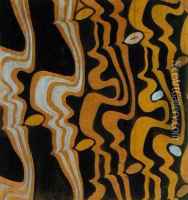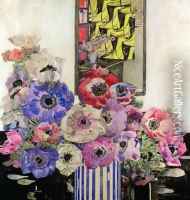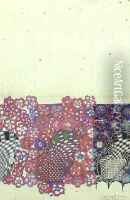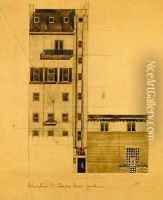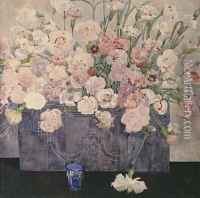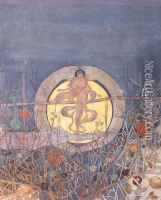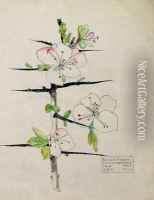Charles Rennie Mackintosh Paintings
Charles Rennie Mackintosh was a Scottish architect, designer, watercolorist and artist who was a principal figure in the Scottish Art Nouveau movement. Born on June 7, 1868, in Glasgow, Scotland, he attended the Glasgow School of Art, where he developed a distinctive style that combined the influence of traditional Scottish elements with modern forms. Mackintosh's work is characterized by clean lines, elegant proportions, and restrained use of ornamentation.
Mackintosh's architectural career included a number of significant projects, most notably the Glasgow School of Art, which is considered his masterpiece. Designed in 1896 and completed in 1909, the building exemplifies his approach to design with its functional layout, innovative use of materials, and integration of decorative motifs. Other notable works include the Hill House in Helensburgh and the Willow Tea Rooms in Glasgow, which showcase his abilities not only as an architect but also as a designer of furniture and interiors.
Throughout his career, Mackintosh struggled with the tension between artistic recognition and commercial success. His work was appreciated more abroad than in his home country, particularly in Austria and Germany, where he had a significant influence on the Secessionist movement. Despite his influence, he found commissions hard to come by later in life, and he moved to London in 1914, where he focused on watercolor painting.
Mackintosh's style evolved over time, but his later years were marked by relative obscurity and financial difficulty. He moved to the south of France in 1923, where he devoted himself to painting until his health declined. Charles Rennie Mackintosh died on December 10, 1928, in London. After his death, his work gained greater recognition and he is now celebrated as one of the most creative figures of the early 20th century, leaving a lasting legacy on the design and architecture fields.
